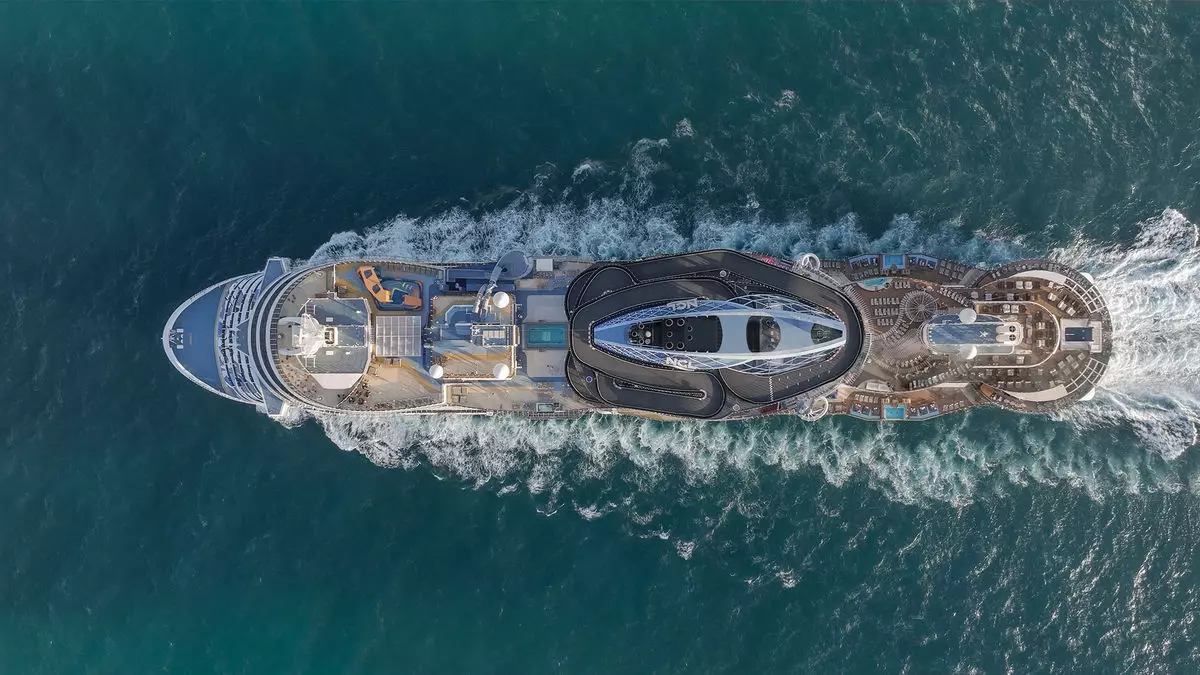The cruise industry has long been celebrated for its opulence and allure, attracting millions of travelers seeking unique experiences on the high seas. Yet beneath the surface, industry experts express growing concerns regarding potential oversaturation, rising economic pressures, and external crises that could impact its long-term viability. As cruise lines invest heavily in new ships and private destinations, a careful analysis reveals the paradox of growth and risk that defines the current landscape.
The allure of innovative vessels and exclusive destinations has undoubtedly fueled the industry’s expansion in recent years. However, experts point out that introducing too many ships in quick succession could lessen the demand for existing vessels, resulting in a downward spiral in pricing power. The foreboding specter of oversaturation looms over the horizon, posing a potential threat to cruise lines that may inadvertently “kill the golden goose” by saturating the market. While the industry may not face this challenge immediately, the risk is substantial if growth remains unchecked.
Market volatility and shifting consumer behaviors are pressing concerns as the economy undergoes transformative changes. The leisure travel sector is already witnessing signs of decline, with analysts like Clayton Reid from MMGY Global highlighting various economic indicators affecting consumer spending. A significant slowdown in economic activity could push potential cruisers to tighten their budgets, resulting in a potential downturn for cruise lines. Even a slight dip in demand could have disproportionate financial impacts due to the industry’s considerable fixed costs. While recent years have seen resilient performance, the sustainability of such progress remains uncertain as potential challenges brew on the economic front.
In addition to inherent market dynamics, the cruise industry must remain vigilant of external threats that could disrupt operations and tarnish its reputation. Historical incidents, such as the infamous Costa Concordia disaster, demonstrated how a single event could reverberate throughout the entire industry, significantly dampening consumer enthusiasm. Furthermore, environmental concerns and regulatory scrutiny—exemplified by multi-million-dollar fines for improper waste disposal—pose continual risks. Although geopolitical conflicts and global crises can drive operational hurdles, the industry’s adaptability allows for rapid repositioning of assets to mitigate losses, as seen in the wake of the Russia-Ukraine conflict and ongoing tensions in the Middle East.
Predicting the future of the cruise industry is akin to navigating turbulent waters without a compass. While the shadow of a potential economic downturn or another catastrophic event, like the COVID-19 pandemic, looms over the horizon, analysts remain cautiously optimistic. The industry’s swift recovery from prior disruptions serves as a testament to its resilience, supported by the ongoing demand for unique travel experiences. However, cruise lines may need to recalibrate their strategies, focusing on sustainable growth and proactive consumer engagement as they work to maintain their market presence.
The cruise industry stands at a critical juncture, facing challenges that could reshape its future in significant ways. While the appetite for cruising remains strong, balancing growth with caution is more crucial than ever. To steer toward a prosperous horizon, stakeholders must remain vigilant against potential pitfalls and embrace transparency in addressing environmental and economic concerns. As the industry charts its course amid uncertainties, adaptability and innovation will be essential to ensuring that this beloved mode of travel continues to thrive in an increasingly complex world.


Leave a Reply